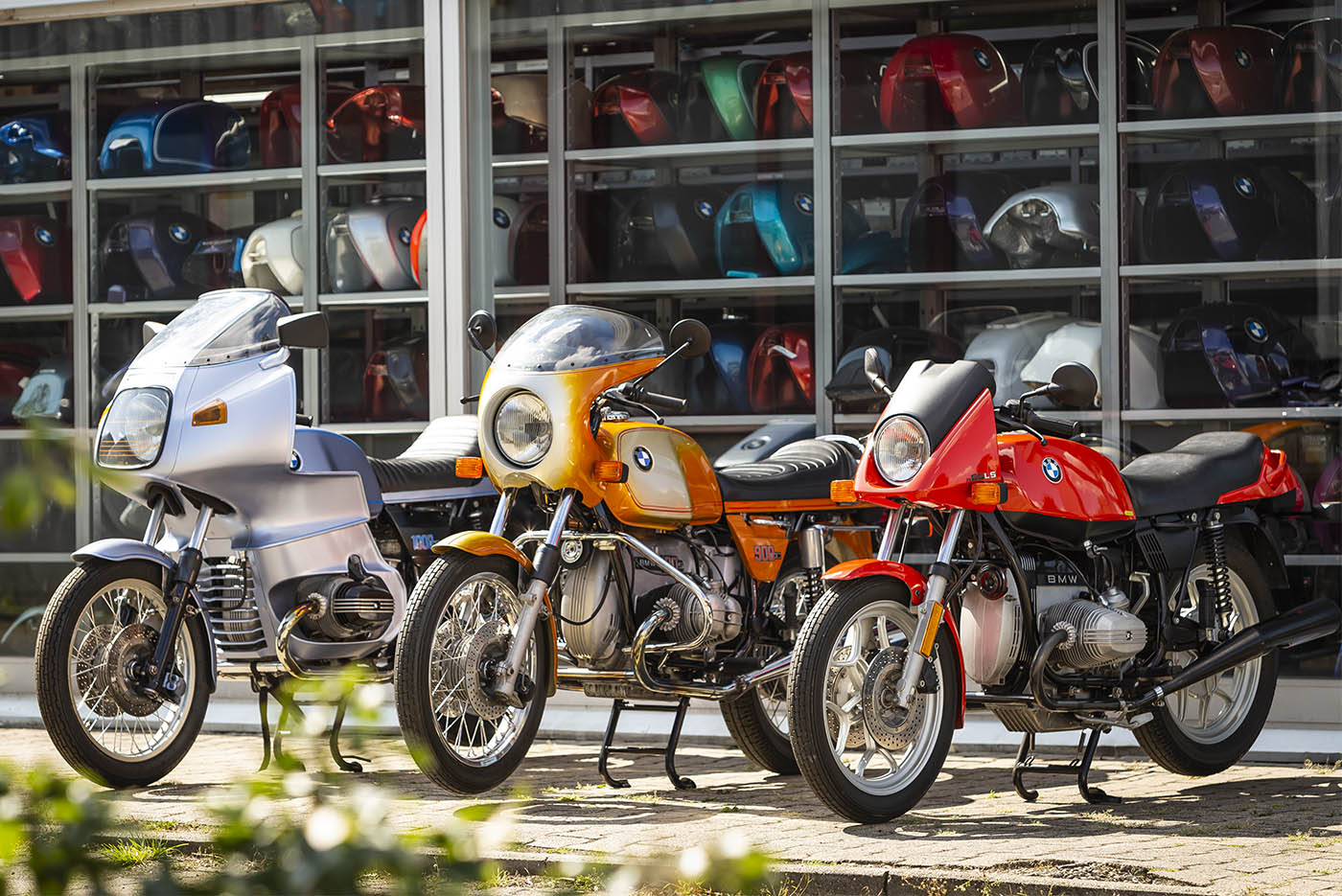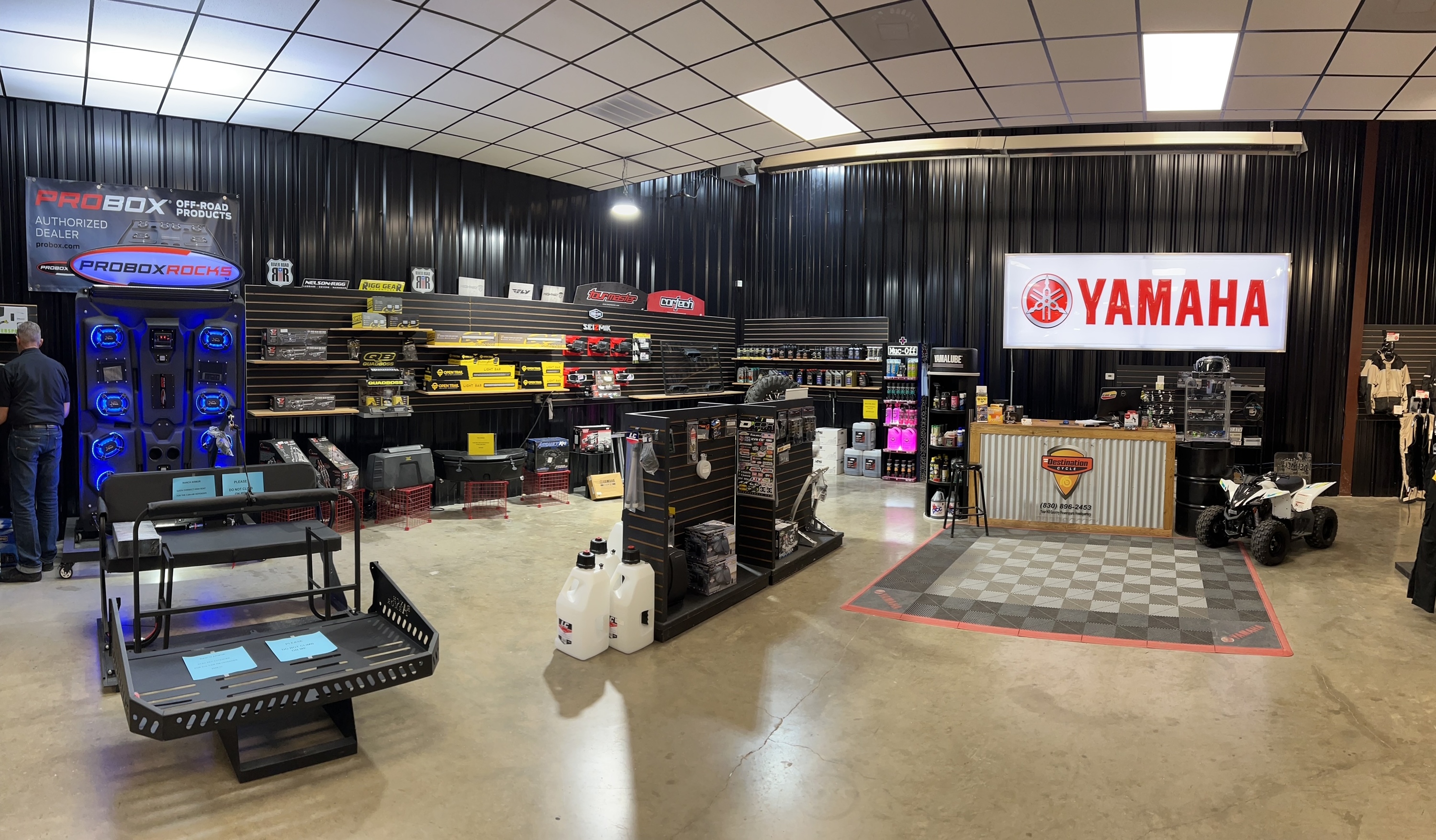Shop the most effective MX Parts NZ for Your High-Performance Bike
Shop the most effective MX Parts NZ for Your High-Performance Bike
Blog Article
Understanding Bike Gears: How to Optimize Your Riding Experience
In the realm of motorcycling, grasping the art of gear manipulation is critical for enhancing your riding performance. Properly comprehending and utilizing motorbike gears can dramatically influence fuel, control, and velocity effectiveness, changing a typical adventure right into a seamless, exciting journey.
Recognizing Equipment Mechanics
Exactly how do the intricacies of equipment technicians affect bike efficiency? At the core of motorcycle characteristics, equipment auto mechanics play a critical function in converting engine power right into activity, eventually dictating rate and control. Gears, meticulously crafted components, allow motorcyclists to optimize torque and speed, ensuring a smooth transition through different surfaces and rates. The equipment proportions, thoroughly developed, identify the connection between engine transformations and wheel turns, impacting acceleration and gas effectiveness.
Understanding gear auto mechanics begins with identifying the relevance of the transmission, which houses several equipments of differing sizes. These gears interact through a procedure recognized as meshing, where teeth of different equipments involve to transfer power.
In addition, the concept of equipment shifting is indispensable to making the most of efficiency. Prompt and smooth changes ensure that the engine operates within its ideal power band, stopping unnecessary pressure and improving longevity (mx parts nz). By understanding these mechanical complexities, bikers can achieve an unified mix of control, performance, and power, boosting their riding experience
Timing Your Changes
Change timing proficiency is vital for maximizing motorcycle efficiency and enhancing the riding experience. Properly timed shifts make sure that the engine runs within its optimal power band, which is important for maintaining control, accomplishing smooth acceleration, and guaranteeing the long life of the motorbike. Bikers must develop an instinctive sense of when to change equipments, which involves recognizing the partnership between engine revolutions per min (RPM) and rate.
To grasp shift timing, pay attention to the engine's sound and really feel, as these give crucial ideas about when to alter equipments. The perfect shift point usually happens when the engine approaches the top series of its power band without getting to the redline. Moving prematurely can bring about a lack of power, while shifting as well late might cause unneeded engine pressure
In addition, roadway conditions and riding design influence shift timing. As an example, in urban setups, smoother and extra constant changes may be needed to browse web traffic efficiently. In comparison, during highway riding, less changes at higher speeds can be better. Exercising in varied atmospheres will certainly improve your capacity to time shifts exactly, ultimately elevating your riding experience to a professional degree.
Enhancing Fuel Effectiveness
While mastering bike equipments is critical for efficiency, boosting fuel effectiveness is equally essential for both economic and environmental factors. Optimum gas consumption not only lowers visite site functional expenses however also decreases the eco-friendly footprint of riding. To achieve this, one must recognize the complex connection between gear option and engine efficiency.
Riding in a greater gear at reduced rates can lead to engine carrying, which is destructive to both gas economic situation and engine health and wellness. Conversely, riding in lower gears at high speeds results in unneeded gas intake.
Furthermore, regular upkeep plays a crucial duty in gas effectiveness. Ensuring that the bike is well-tuned, with tidy air filters and effectively inflated tires, can enhance aerodynamics and decrease fuel wastefulness. Moreover, taking on a riding design that embraces steady acceleration and smooth deceleration can add to far better fuel economy.

Methods for Smooth Transitions
Accomplishing smooth gear transitions is fundamental to improving the riding experience and making certain the longevity of a motorbike's transmission system. Appropriate gear moving not just contributes to a smooth ride but additionally decreases wear and tear on the mechanical parts. To understand the art of smooth changes, riders must concentrate on a couple of crucial techniques.

Secondly, clutch control plays a crucial duty. Involving and disengaging the clutch smoothly needs method. The clutch bar ought to be launched progressively, permitting a seamless transfer of power from the engine to the wheels without creating a jolt or sudden activity.

Adapting to Roadway Problems
Navigating diverse roadway conditions is a crucial ability for any motorcyclist intending to maintain control and safety i thought about this and security. Whether you're riding on damp surface areas, gravel roadways, or browsing doglegs, your capacity to adjust your equipment usage and riding technique is paramount. Recognizing just how to readjust your equipments suitably can significantly affect grip and stability, guaranteeing a more secure journey.
On damp roadways, it is suggested to preserve higher gears to reduce torque and decrease wheel spin. This approach aids maintain hold on slippery surface areas, permitting smoother acceleration and slowdown. In comparison, when riding on crushed rock or uneven surface, lower gears are preferable. Lower equipments give better control and allow you to respond even more swiftly to unexpected adjustments in the road surface.
Sharp curves demand specific equipment administration to balance speed and control. Downshifting before entering a curve can help maintain energy while ensuring the motorcycle stays steady throughout the turn. Constant technique in varied conditions improves your capability to respond and forecast to changes in roadway basics appearance and slope.
Verdict
Understanding bike gears dramatically boosts the riding experience by enhancing control, acceleration, and gas performance. Adapting gear choice to numerous road conditions, such as utilizing greater gears on damp surfaces and lower equipments on crushed rock, more enhances handling and security.
Recognizing gear auto mechanics begins with identifying the value of the transmission, which houses several equipments of differing dimensions. These equipments communicate through a procedure known as meshing, where teeth of various gears engage to transfer power (moto parts nz). Mild modifications to the throttle throughout equipment shifts can avoid jerky motions and keep a consistent riding speed
Whether you're riding on damp surface areas, gravel roadways, or navigating sharp turns, your ability to adjust your gear use and riding method is critical. Adapting equipment option to various roadway conditions, such as making use of greater equipments on wet surface areas and reduced equipments on gravel, additional improves handling and safety and security.
Report this page